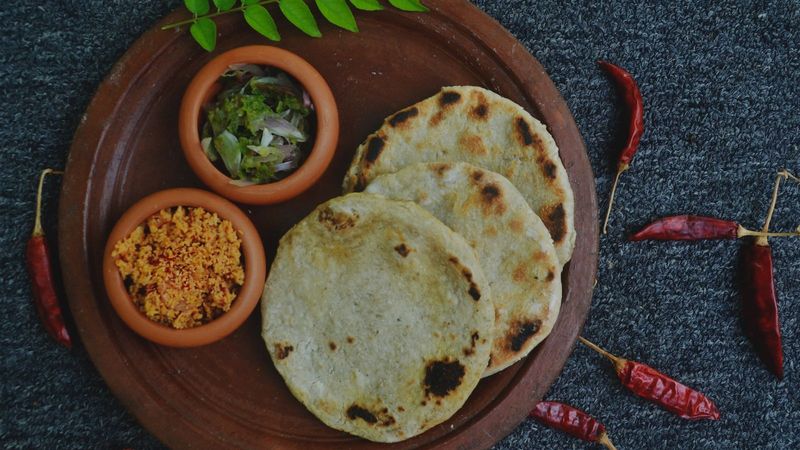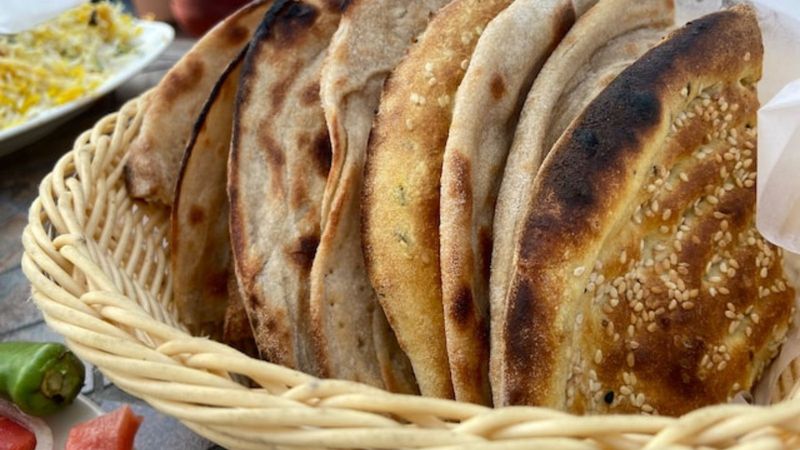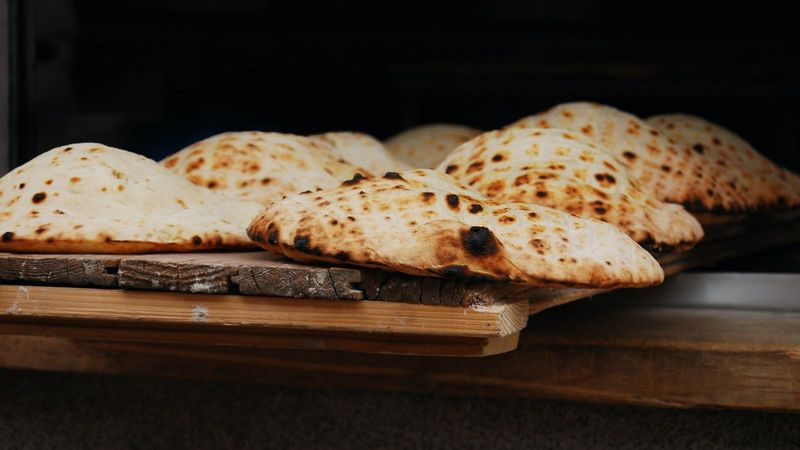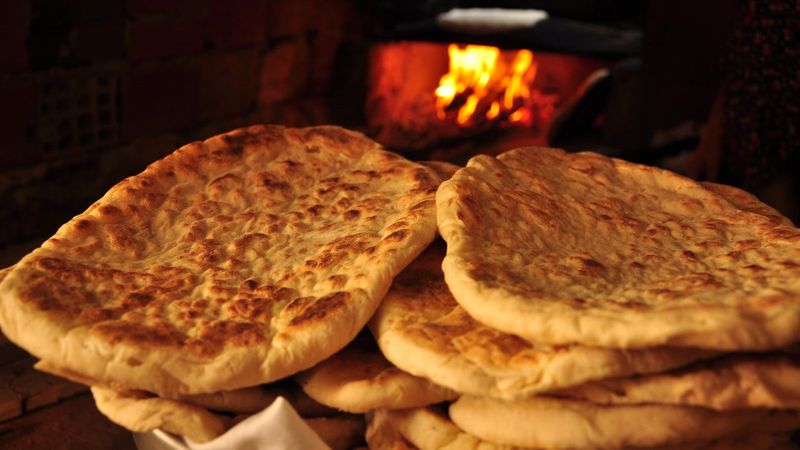Pita bread is a widely beloved flatbread, especially popular in the Mediterranean, Middle East, and similar regions. Traditionally served alongside an array of local dips, chicken, vegetables, falafel, and other delicacies, pita bread has been a delectable staple in Mediterranean and Middle-Eastern cuisine. As its popularity spread worldwide, numerous pita bread recipes have emerged, allowing individuals to recreate this delicacy in the comfort of their kitchens.
A pita bread recipe is relatively straightforward, given that pita bread itself is a simple flatbread to make. Healthier compared to other types of bread, pita bread is not only easy to make but also delightful to savour. You don't necessarily need an oven to try a pita bread recipe; a non-stick flat pan or similar alternatives can be used, making the process even more accessible for home cooks.
Flours used to make pita bread

Pita bread is a simple recipe that involves a mix of ingredients commonly found in kitchens, making it accessible and straightforward. Pita bread ingredients include flour, water, and additional components. The dough for pita bread is prepared using flours like all-purpose flour (maida), and a wheat pita bread recipe requires using wheat flour. While traditional recipes often combine whole wheat flour with white flour, you can easily substitute all-purpose flour or opt for whole wheat flour to suit your preferences.
For those seeking a delicious and healthier option, a whole-wheat pita bread recipe is a great choice. Whole wheat pita bread maintains a taste similar to traditional recipes while offering added nutritional benefits. The use of whole wheat aligns with the traditional inclusion of wheat flour in pita bread dough, making it a wholesome alternative to the all-purpose flour version.
Yeast and its alternatives

In a pita bread recipe, yeast plays a crucial role in facilitating the rise of the dough, contributing to its soft and fluffy texture. While yeast is used in small quantities, its impact on the dough is significant, leading to the characteristic texture of pita bread.
For those who prefer a no-yeast pita bread recipe, an alternative method involves the use of Greek yoghurt. By incorporating Greek yoghurt into the dough, you can achieve the desired soft and airy texture without the distinct flavour associated with yeast. This no-yeast pita bread recipe is a great option for individuals who may be sensitive to its flavour or prefer a simpler recipe. If Greek yoghurt is unavailable, hung curd, which is essentially strained curd, can be used as a substitute to achieve similar results as yeast.
Essential to get the right balance of all ingredients

The original pita bread recipe traditionally includes simple ingredients such as flour, oil, water, sugar, and salt. While some variations of pita bread recipes may incorporate ingredients like butter, eggs, and others, the essential components of pita bread remain basic. The choice to include additional ingredients in your pita bread recipe ultimately depends on personal preferences.
The success of homemade pita bread largely hinges on achieving the right ratio of these fundamental ingredients. Maintaining the proper balance between flour and water is crucial to ensure the dough attains the correct consistency. Additionally, using the right quantities of salt and sugar is essential to replicating the authentic flavour of traditional pita bread.
Importance of kneading the dough and letting it rest

In any pita bread recipe, achieving the correct balance between ingredients is crucial. Equally, if not more important, is the proper kneading of the dough to ensure thorough mixing to attain the right consistency. Careful kneading helps prevent the dough from becoming excessively runny or sticky.
Furthermore, following a pita bread recipe requires allowing the dough sufficient time to rest and rise, a process known as proofing. After preparing the dough, covering it with a cloth and letting it rest is essential. This proofing period is integral to achieving a light and airy texture in the dough, resulting in soft pita bread.
Popular dishes to serve with the fresh pita bread
Once you've successfully made pita bread, you can present it on a traditional platter alongside an array of spreads such as hummus, baba ganoush, tabbouleh, grilled vegetables, chicken, falafel, and more.
Another popular version that has gained widespread popularity is the pita bread pocket recipe. This pita bread pocket recipe combines all the delightful elements of a mezze spread into an easy-to-eat pocket, making it an ideal choice for a delicious snack for yourself, your family, or friends.




